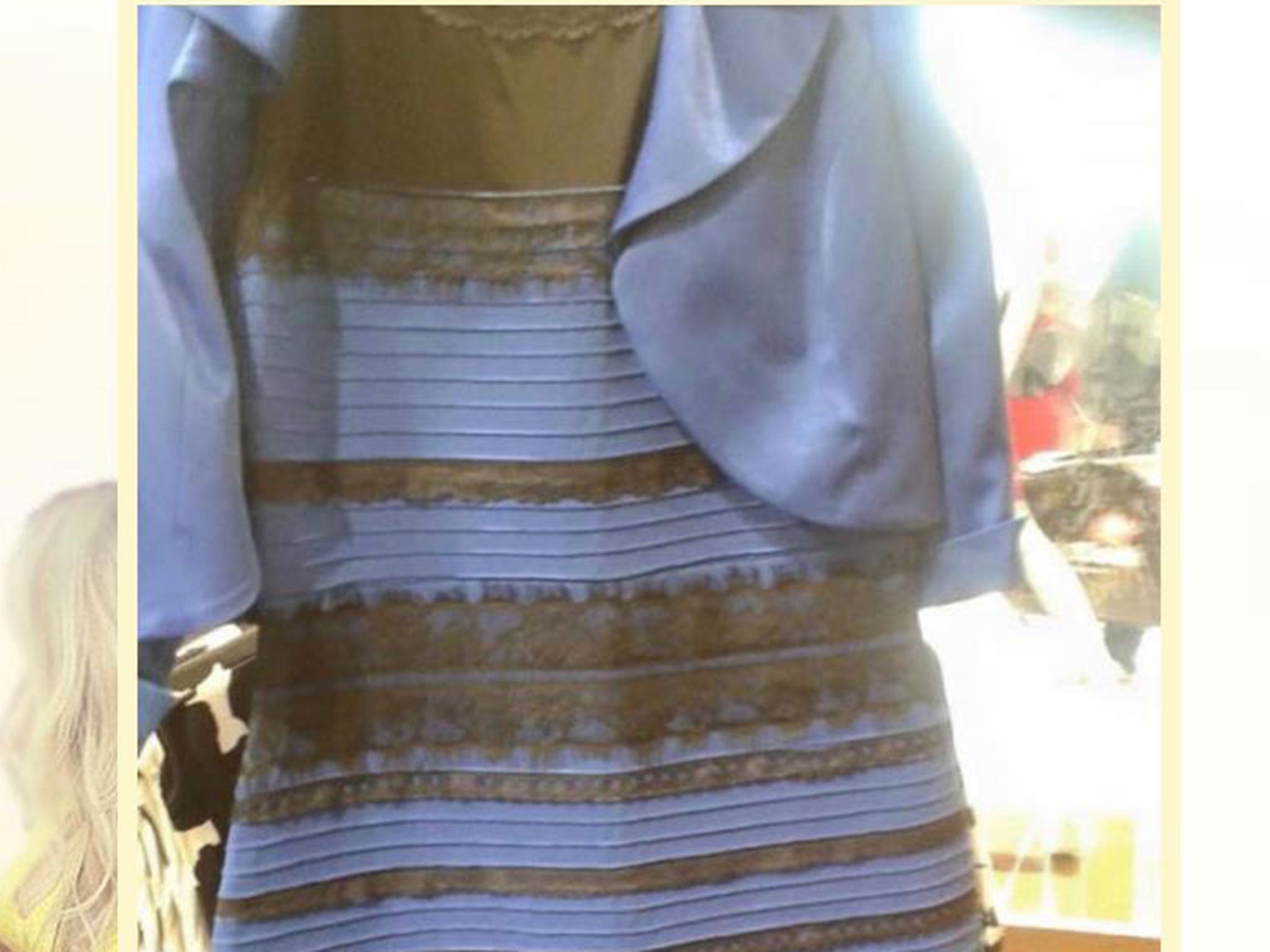The Dress: People who saw it as white and gold had more active brains, scientists claim
The Dress has returned — and it could tell us about why people are able to see things differently

The brains of those people that saw “The Dress” as white and gold were working extra hard, scientists have said.
Seeing those — ultimately wrong — colours in the picture is a sign of extra activity in the parts of the brain that deal with decision making and attention, according to the authors of a new study that claims the dress could be a huge new step on the way to understanding how brains understand what we see.
First, those involved in the study were divided into two groups — depending on whether they saw the dress as black and blue or white and gold.
Those participants were then into an MRI scanner, which uses a magnetic field and radio waves to examine what is happening in the brain. Scientists watched for which part of their brains were being activated.
First, the two groups of participants were showed squares that had the same colours as those in the dress. Scientists saw no difference in the ways that brains responded.
But then people were shown the dress. Scientists saw that “all participants who saw the dress as white-gold presented additional activation, mainly in frontal and parietal brain areas”.
The frontal areas of the brain of the brain that had extra activity are the ones involved in higher cognitive processes, like decision making and selective attention. The parietal areas process visual information.
Scientists say that the dress was the first time that they could study an optical illusion where they could deliberately manipulate what people saw in the image. With many such cases of “ambiguous perception”, everyone either sees one thing which is wrong, or can be changed by altering what people are looking at.
As such, scientists hope that the findings can “provide a fundamental building block to study interindividual differences in visual processing” — meaning that the dress could be an incredibly important step towards understanding how people are able to see things differently.
The researchers' paper, 'The Brain’s Dress Code: How The Dress allows to decode the neuronal pathway of an optical illusion', is published in Cortex.
Join our commenting forum
Join thought-provoking conversations, follow other Independent readers and see their replies
Comments